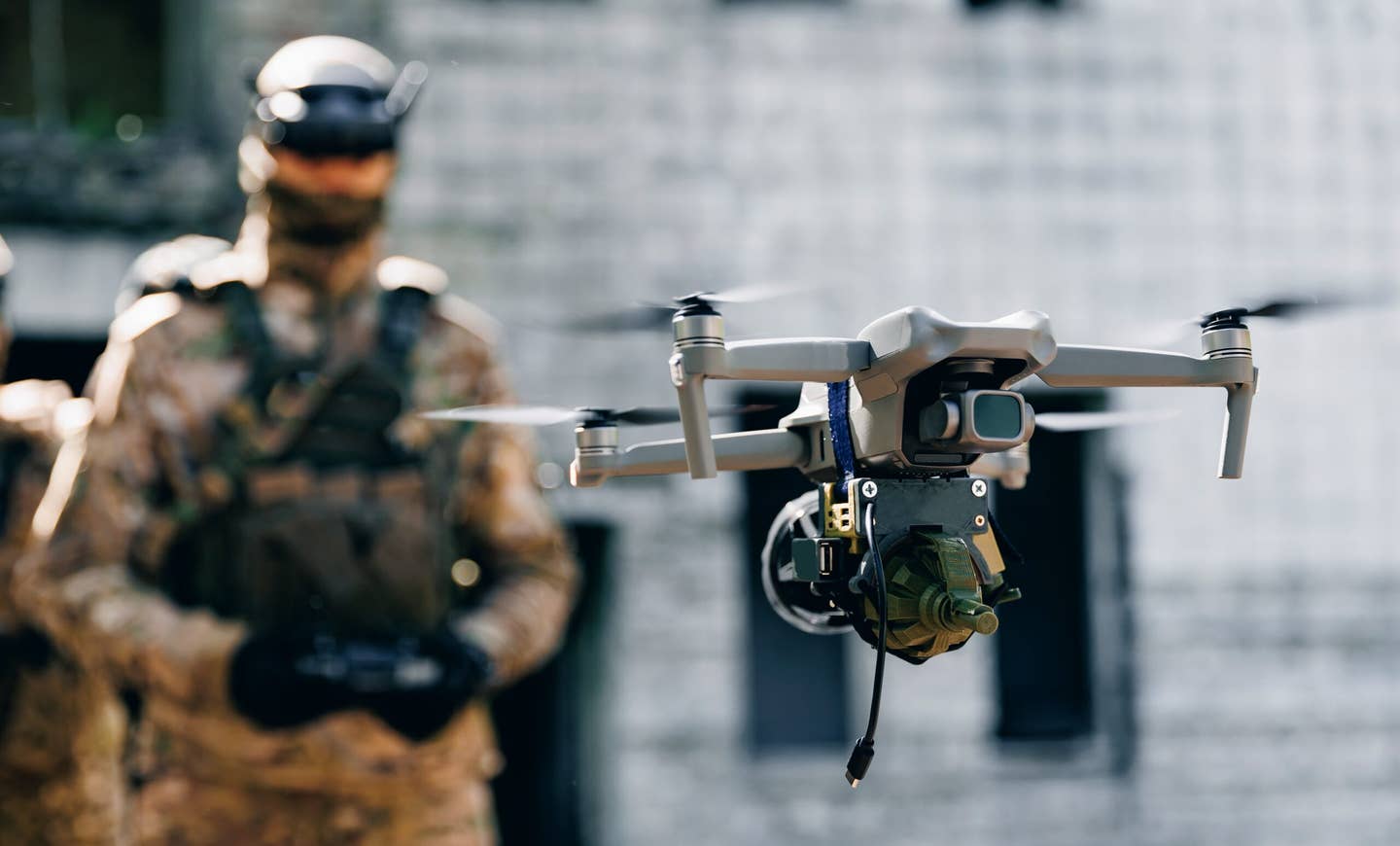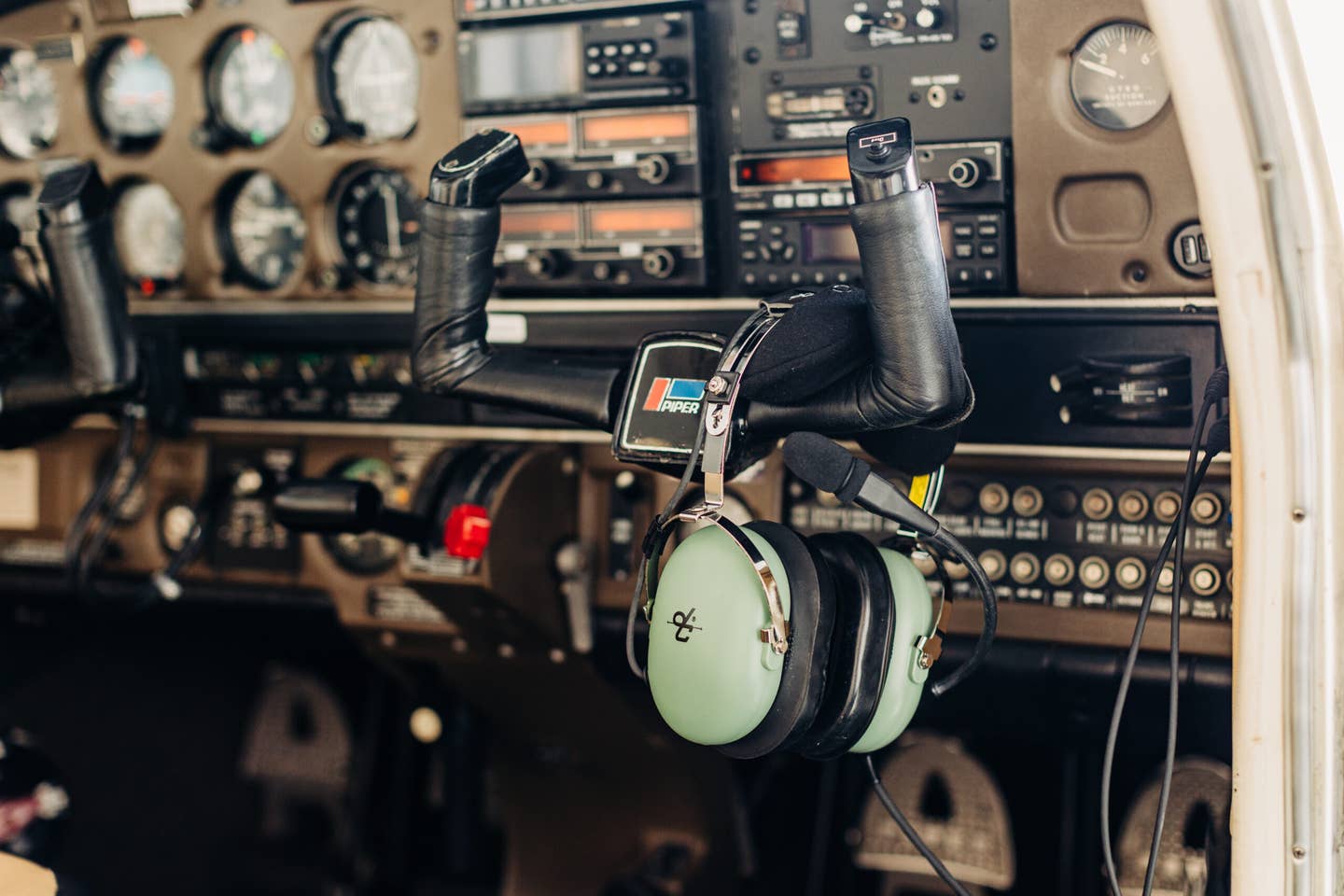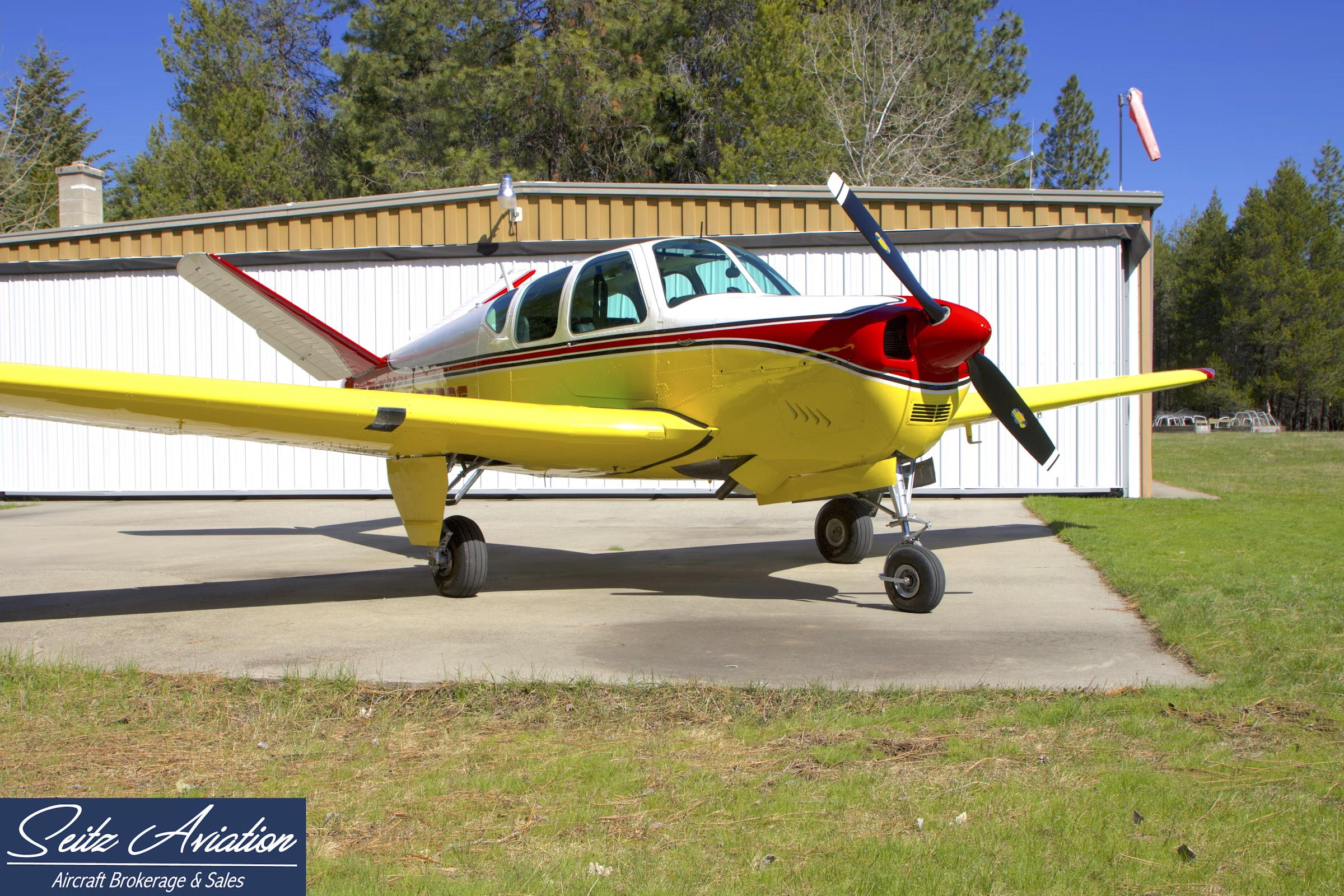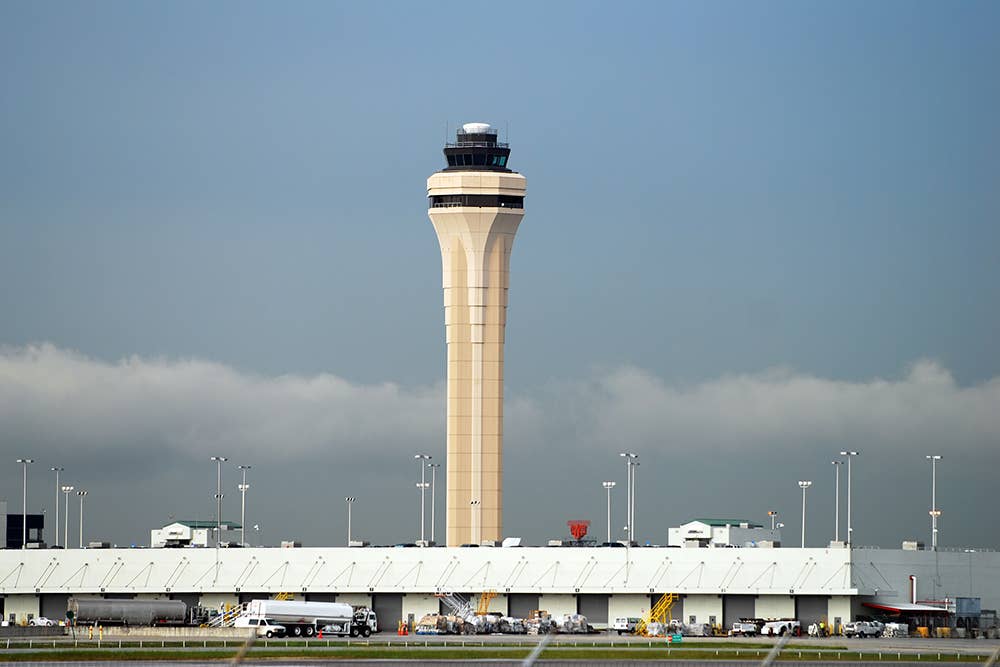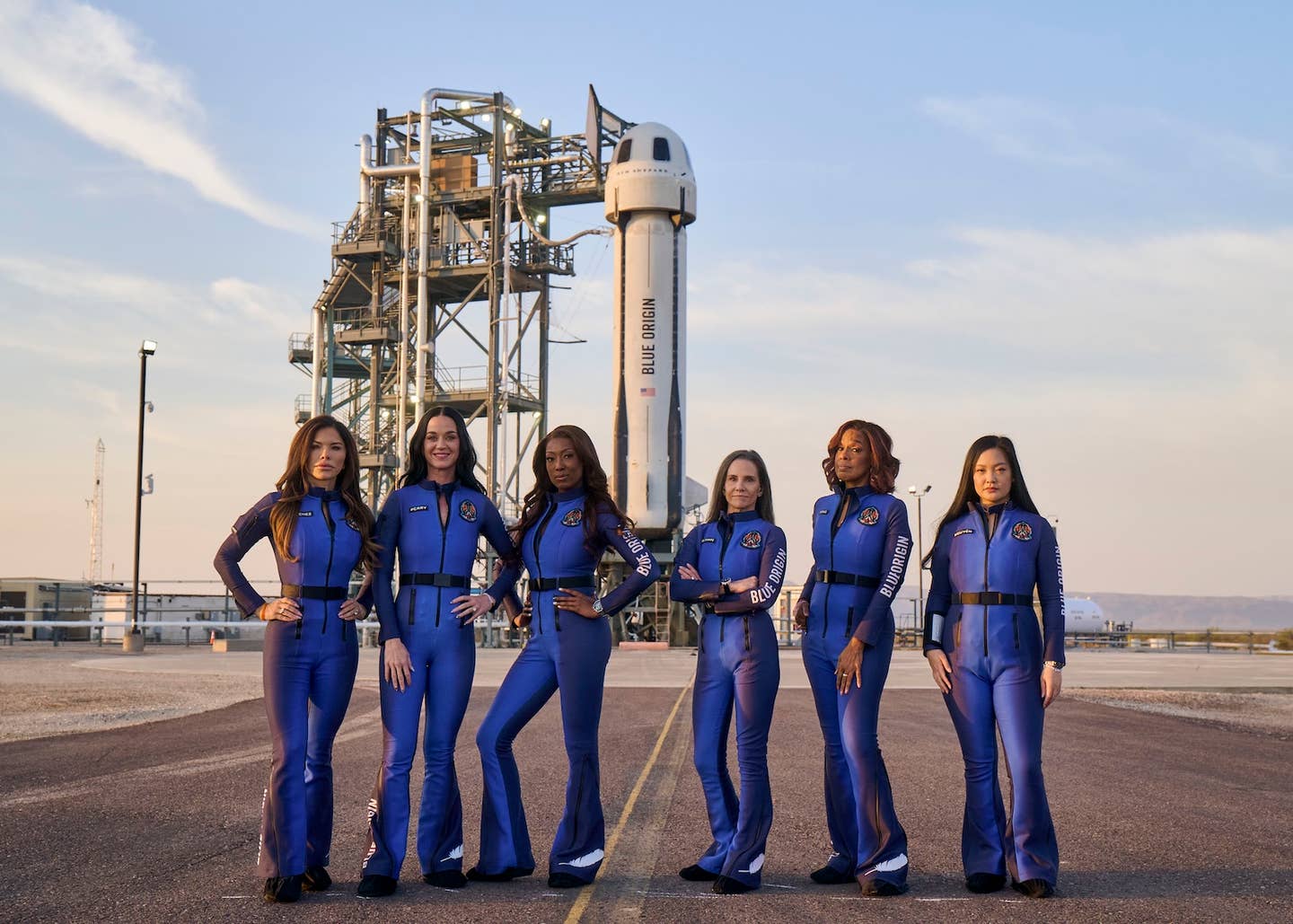Air Taxis Missed Paris Olympics Goal—Could They Soar in LA?
Air taxi manufacturers will have another opportunity to showcase their technology to the world at the 2028 Summer Games in Los Angeles.

Volocopter’s VoloCity eVTOL air taxi lifts off from the grounds of the Palace of Versailles outside Paris. [Courtesy: Volocopter]
An electric vertical takeoff and landing (eVTOL) aircraft manufacturer’s plan to turn the City of Light into the City of Electric Air Taxi Flights did not come to fruition.
Germany’s Volocopter last year hatched a plan with international airport operator Groupe ADP to ferry spectators around the 2024 Paris Olympic Games using its VoloCity air taxi, which would mark the aircraft’s commercial rollout. The firm even extended an invite to French President Emmanuel Macron, whose government approved the flights earlier this year, to be its first passenger.
But the company was unable to certify its two-seat design, built for a pilot plus one passenger, in time to fly people at the global event.
Another eVTOL manufacturer, China’s AutoFlight, also partnered with Groupe ADP last year to demonstrate its self-flying Prosperity air taxi at the Games but has yet to announce any test flights.
Still, it wasn’t a total wash for Volocopter. The firm managed to complete two test flights, one on Wednesday and another on Sunday.
The first took place at the Aerodrome of Saint-Cyr-l'École (LFPZ), one of five sites where the partners are constructing vertiports to support commercial operations. These vertical takeoff and landing hubs, similar to heliports, are built with electric charging stations to support eVTOL aircraft.
Big Plans for Paris
Groupe ADP is developing additional vertiports at Paris Charles de Gaulle Airport (LFPG), Paris-Le Bourget Airport (LFPB), and Paris Heliport, as well as a special floating landing pad on the River Seine that Volocopter can use until the end of the year. These five locations will be linked by five eVTOL air taxi routes: three public transit routes and two round-trip tourism routes.
According to Volocopter, the vertiport at Saint-Cyr-l'École is the first bespoke commercial location within its approved Paris route network. Wednesday’s crewed test flight was conducted under a permit to fly awarded by France’s Civil Aviation Authority (DGAC), kicking off an operational validation test campaign.
The company will need to demonstrate flight maneuvers around the vertiport, ground handling, communication with air traffic control, battery charging, and more. The campaign is the culmination of years of testing at Pontoise airfield, the site of Paris’ first inaugurated vertiport.
“For now, test flights are carried out without passengers, but once the aircraft is certified, we will test emergency medical flights with AP-HP (Ile-de-France University Hospital Centre),” said Edward Arkwright, deputy CEO of Groupe ADP. “Innovation in the field of aeronautics needs time to remove obstacles regarding safety, but we remain convinced that new carbon-free air mobilities around eVTOLs will offer helpful services that go way beyond the transportation of passengers.”
Volocopter followed that test flight with a second at the World Heritage Palace of Versailles on Sunday, soaring over the palace’s lush gardens during a demonstration attended by Groupe ADP and DGAC officials.
The venue hosted several 2024 Olympic events and was the site of the first hot-air balloon flight by the Montgolfier brothers in 1783. Authorization for the flight was awarded on the final day of the Games by the Château de Versailles, City of Versailles, Yvelines Prefecture, and DGAC.
“The sustainable air mobility community is still at the start line, but today’s flight in this exceptional environment was the perfect closing ceremony to our summer, as we look forward to returning to Paris very soon,” said Dirk Hoke, CEO of Volocopter.
The company said it hopes to fly in central Paris later this year, with aspirations to launch passenger operations from its river barge vertiport on the Seine. A Groupe ADP official told Agence France-Presse (AFP) the partners hope to fly passengers over the river by the time Notre Dame Cathedral, which burned down more than five years ago, is reopened in December.
Volocopter next year also expects to begin trials of an emergency medical service in Germany with partner ADAC Luftrettung, which last year agreed to purchase two custom-built VoloCity aircraft and could buy as many as 150.
Why Didn’t They Fly?
Beyond test flights, the firm’s primary goal is to obtain type certification from the European Union Aviation Safety Agency (EASA), the elusive approval that would have allowed it to fly passengers at the Olympics. So far, only one eVTOL manufacturer—China’s EHang—has received type certification from its country’s aviation regulator, though many others have begun the process.
Arkwright told AFP that Volocopter’s VoloCity suffered “a delay of a few weeks” in certification due to issues affecting the aircraft’s motor. The air taxi features 18 motors and rotors powered by electricity from nine lithium-ion battery packs, giving it a range of about 19 nm at a cruise speed approaching 60 knots.
Hoke said the issue traces back to “an American supplier who was not capable of providing what he had promised.”
Passenger flights at the Olympics also faced political barriers from local French officials, many of whom characterized the project as environmentally harmful and air taxis as a service for the wealthy. In response, Volocopter and Groupe ADP have altered their tone by touting other use cases, such as emergency response.
Paris’ city hall even took legal action against the proposal, but according to AFP, French administrative officials ruled against it “pending a decision on the merits of the case, expected in the autumn.”
Though Volocopter failed to meet its goal, the company will have another chance to showcase its aircraft on the world stage at the 2028 Olympic and Paralympic Games in Los Angeles. By then, the FAA expects to have laid the groundwork for commercial air taxi routes to be flown routinely.
Manufacturer Archer Aviation earlier this month expressed its desire to be flying in the city by the time the Games begin, while competitors Joby Aviation and Wisk Aero, the eVTOL subsidiary of Boeing, plan to operate there as well. Wisk further intends to demonstrate its self-flying design at the 2032 Olympic and Paralympic Games in Brisbane.
The companies’ objective is to boost public acceptance of the novel aircraft, which they claim will be far quieter and more sustainable than helicopters. Some have already managed to convince major U.S. airlines, including United Airlines, Delta Air Lines, and Southwest Airlines, to make investments or commitments to the technology.
Among American manufacturers, Archer and Joby are the closest to receiving type certification. Both companies hope to begin flying passengers next year.
Like this story? We think you'll also like the Future of FLYING newsletter sent every Thursday afternoon. Sign up now.

Sign-up for newsletters & special offers!
Get the latest FLYING stories & special offers delivered directly to your inbox

